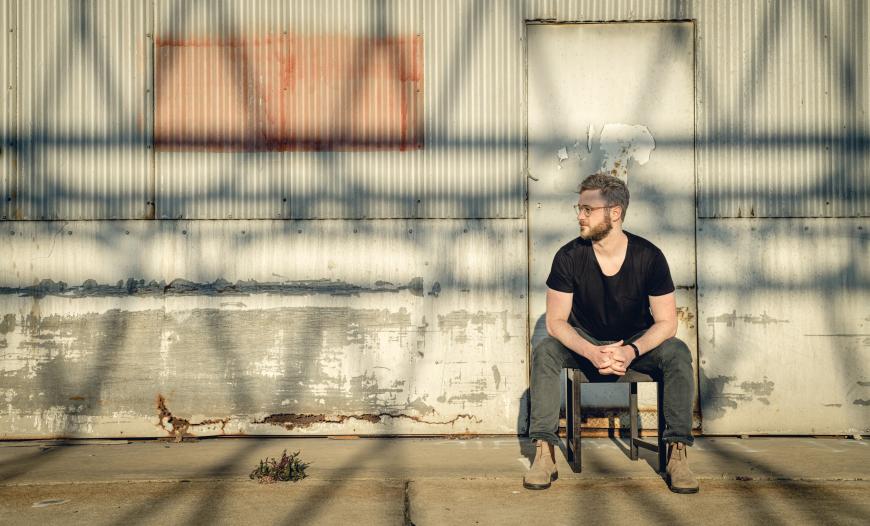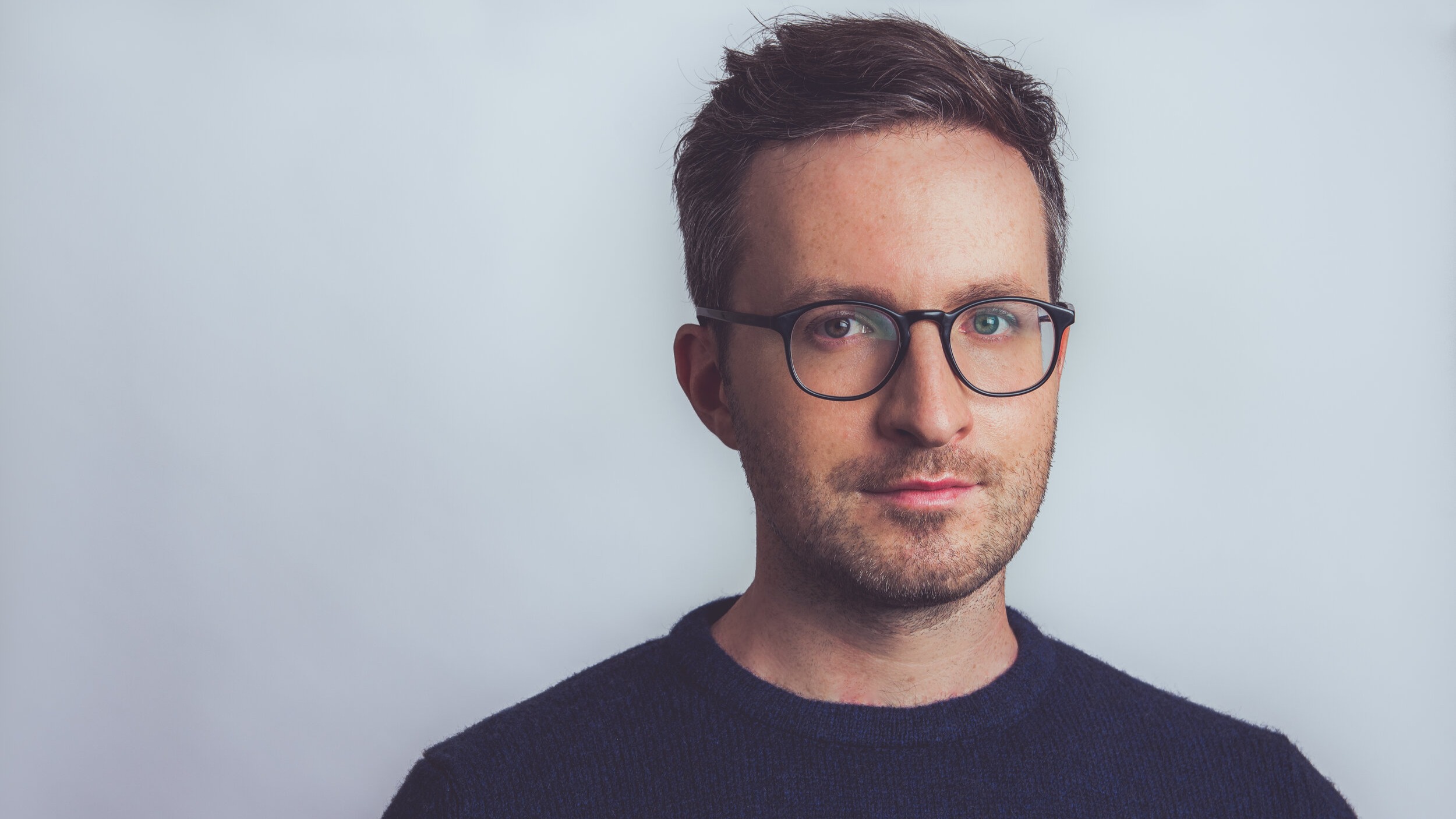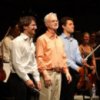
At the 29th annual Other Minds Festival, composer Samuel Adams received a unique gift: a portrait concert devoted entirely to his music, during which pianist Conor Hanick revealed the emotional depth behind Adams’s elaborate design.
The highlight of the evening at the Brava Theater was Hanick's performance of Adams's Études (2023). While contemporary music is often focused primarily on execution, Hanick brought a nuanced interpretation to this set. In the slow first étude, his tender expression emphasized the bittersweet beauty of the false relations (classical music's “blue notes”) that pepper its simpler diatonic chords. As the subsequent études grew increasingly dense and intricate, Hanick's sensitive touch gave a palpable clarity to the superimposed layers.
Adams was sure to point out in the panel discussion and program note that the Études are ordered to form a palindrome — the seventh and final étude is constructed to mirror the first, the second the penultimate, and so on. Yet Adams is not satisfied with bare recapitulation. The fourth and central étude of the set, the only movement with no twin, is built around a repeated note. It is reminiscent of Chopin's "Raindrop" Prelude, yet nearer in pace to the ticking of a clock. In the seventh étude, this repeated-note motive infects the chordal textures that dominated the first étude, this time off-key and recalcitrant. If the work, as Adams suggested, tries to "remember" itself, this final movement is just as concerned with the pain and distance of memory as it is with any sentimental recollection.

This is not the first time Hanick and Adams have worked together in the Bay Area. In 2023, the San Francisco Symphony premiered Adams's piano concerto, No Such Spring, under the baton of Esa-Pekka Salonen, with Hanick as soloist. That work was similarly enlivened by Hanick's masterful pianism. Such a symbiotic musical partnership is rare, and I look forward to their continued collaboration.
The only moment when Hanick's playing left something to be desired was during the opening piece — he played second fiddle, so to speak, to Helen Kim for Violin Diptych. Kim's playing was agile, equally at home with a minimalist tone and impassioned vibrato. Adams's piano part mostly provided a quiet halo of resonance to background the more extroverted violin line, but the two simply were not blended enough for the effect to fully materialize. It reads as a programming oversight to place a pianist in an accompaniment role immediately before a large solo work.
Besides four works by Adams, the only other piece on the concert was Dark Waters (1995), a solo for English horn and electronics composed by Adams's godfather, the late Ingram Marshall. Libby Van Cleve, for whom the work was written, lent her enviable tone to the work.
It was Marshall's influence on Adams that inspired the final piece on the program, Prelude: Hammer the Sky Bright, the world premiere of which was given by pianist Sarah Cahill. The chiming textures of the piece stem from Marshall's and Adams' mutual love of Debussy. But this is no cheap imitation. The organicity and function of Debussyan gestures are divorced from their original syntax — here, they are fragmented and misplaced. Subtle electronic sound augments the resonance of the piano into something both familiar and strange. Cahill understood just how to meld the piano with these supernatural resonances.




